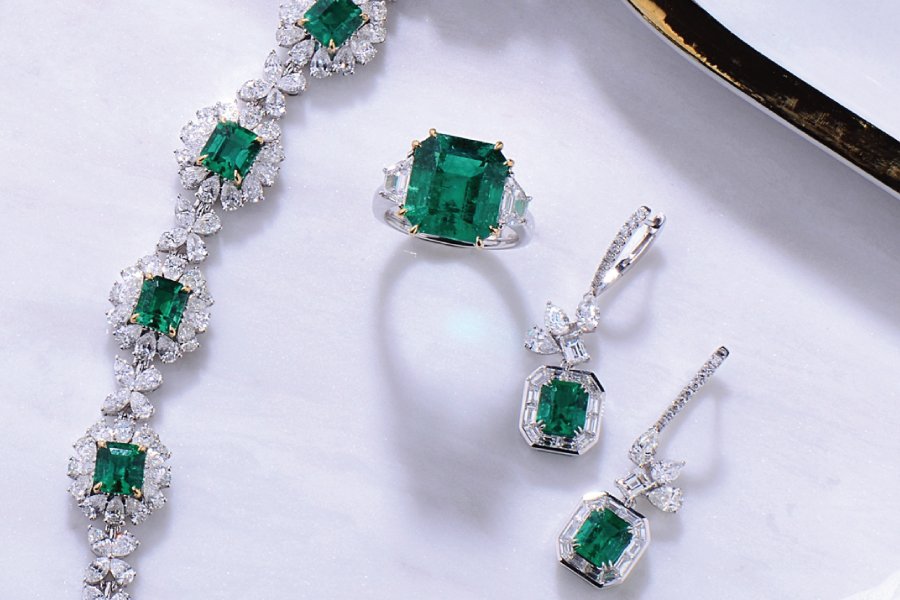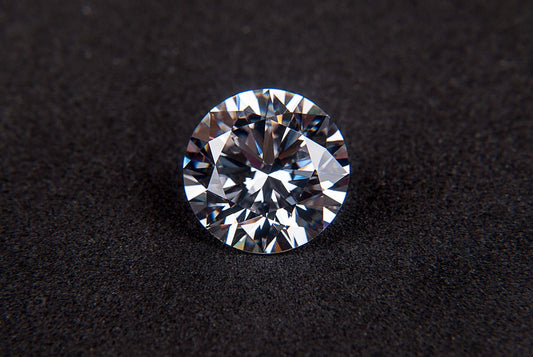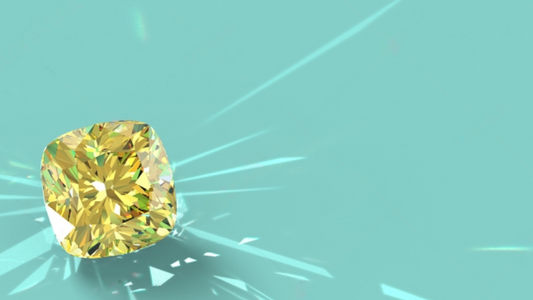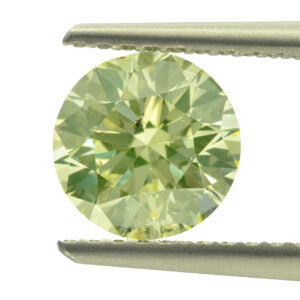With all the hype around how to tell if an emerald is real, it is critical to have all of the facts laid out before you so you can become more educated about emeralds in general and how to identify real emerald stones in particular.
The Characteristics of a Genuine Emerald
Emeralds are naturally stunning, thus making them one of the four precious gemstones on this planet alongside diamonds, rubies, and sapphires. They are mainly known for their exquisite green hue, but can also be found in other colors as well. Most of a natural emerald’s characteristics are the same, regardless of the color. Others apply specifically to natural green emeralds, as there is no other stone quite like it in the world.
All emeralds belong to the beryl family, one of nature’s many minerals. While an emerald may not be as sturdy as a diamond, one of its claims to fame, it is still quite durable with a Mohs scale ranking of between 7.5 and 8 in terms of hardness. This means that many impostors will be revealed based on their ability to withstand blows alone.
Other Types of Emeralds
Since emeralds are very much in demand yet are rather pricey, there are several other types of emeralds that can be found on the market. These include lab grown emeralds, which are basically emerald stones created in a lab by recreating the natural process that created natural emeralds in the first place. These are the best alternatives to natural emeralds, but only when this information is disclosed. One should never pay the price of a natural emerald for a lab grown one, and thus must be cautious before laying out a heavy sum of money.
Additionally, there are “real” fake emeralds, which are basically toys. Whether they are made from glass, plastic, or some other substance, they may seem like the real deal to an amateur but can be detected quite easily by anyone who knows anything about gemstones.
Finally we have treated natural emeralds, which are by all means natural. However, they have been treated in order to enhance their color or clarity. Many emeralds go through such processes, and it does not take away from its unique status as a genuine emerald. However, once again, this information must be disclosed because if it is being sold for the price of a rare natural emerald that appears quite flawless, one is essentially being conned. Such emeralds sell for very high prices and only deserve that price if they are in fact untreated.
Color and Sparkle
An emerald’s main attraction is its color. However, not all natural emeralds display a vivid green color; they can range greatly in terms of the shade. Having said that, a natural emerald almost never has an undertone such as a yellow undertone. Therefore, if you’re looking at such a stone, beware that you may be in fact looking at an entirely different gemstone.
Furthermore, an emerald is not known for its sparkle, or “fire” if you will, which is the case for natural colorless diamonds. When held to light, they might sparkle slightly, but if it is really shimmering it is most likely a fake emerald.

Stunning emerald rings
Clarity Level - Too Good to be True
Emeralds are gemstones that are almost never flawless. This means that one of the most important signs of a real emerald is whether or not it displays inclusions. An emerald that appears perfect, without a single flaw is probably not real. Similarly, emeralds are fairly strong so if the facets seem worn out, it is doubtful that it is real. Natural emeralds do better with wear and tear and their facets will remain intact as will their edges regardless of how often they are worn or handled.
Doublets and Triplets
Another way of making a natural emerald look more flawless or attractive than it really is and call it completely natural is something that is known as doublets and triplets. These are emeralds that have received an additional layer (doublets) or two layers (triplets) of material that make them appear larger, more vibrant, and more flawless than they really are. Beware of such stones and don’t make the mistake of buying one.
To conclude, there are plenty of ways to ensure that you are in fact purchasing a real emerald and it all boils down to education. Once you know what a genuine emerald is and what it isn’t, you will have an easier time detecting the fakes. Of course incredibly low prices can also be a red flag, as well as unauthorized sellers. Therefore it is always best to consult with professionals and those who come highly recommended before making this important purchase.









